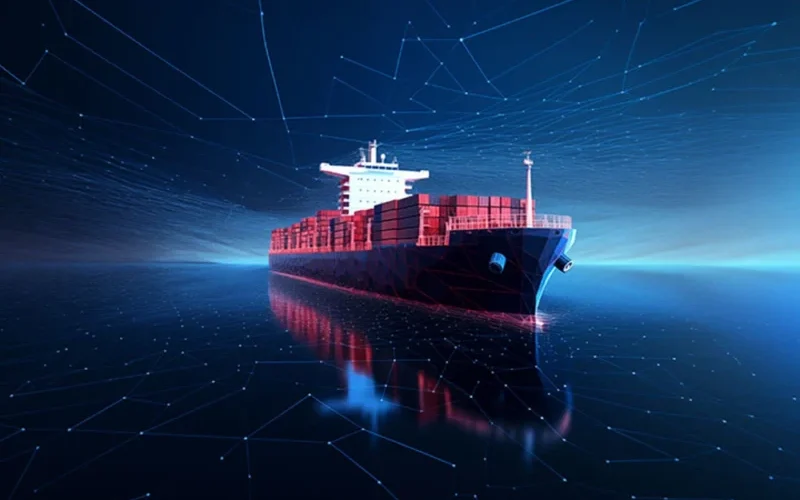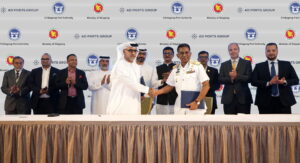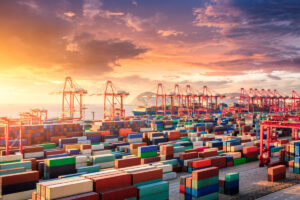To comply with Fuel EU and EU ETS regulations, shipowners should deploy their most efficient vessels on specific routes and implement informed fuel and technology strategies, according to a recent report by Lloyd’s Register (LR).
The ‘Shipping and Fit for 55’ report offers insights for owners, operators, managers, and charterers shaping their strategies to address shipping’s first emissions pricing mechanism.
The report found that ensuring efficient vessels are routed to trades serving European Economic Area (EEA) ports is a significant step that operators can take to minimise exposure to carbon pricing and to contribute to the EU’s emission reduction targets.
However, LR noted that using such vessels will be easier in some shipping segments than others due to the nature of their deployment, trade, or commercial factors. There will also be a knock-on impact on chartering markets as those in Europe seek more efficient vessels.
READ: EU ETS: What we know so far
The report stresses how important it is for operators to understand how to account for emissions for different fuels. Under the two regulations, early adopters of zero or near-zero carbon fuels and wind-assisted propulsion will have a significant advantage in their emissions accounting compared with those using traditional fuels.
Purchasing EU Allowances (EUA), or carbon certificates, will also be a new function for shipowners and operators. With the requirement to buy and sell emissions allowances under EU ETS representing a first step into carbon trading for many owners, several factors will affect when to purchase and how allowance exposure should be factored into business decisions, reported LR.
The report outlines that if shipowners do not purchase EUAs at the correct time, they could be forced into buying these at an inflated price, conversely, purchasing EUAs too early can result in them losing value and companies may not be able to recoup their initial investment.
READ: EU ETS uncertainties set to cause carrier misalignments
David Lloyd, Programme Director, Energy Transition, Lloyd’s Register said: “The Shipping and Fit for 55 report provides members of the maritime value chain with a comprehensive guide, helping operators and owners identify the scope for optimising compliance by exploring the operational decisions they can take and how they are impacted by the regulations.
“Highlighting choices and implications in key areas, such as routing and decarbonisation technology will help owners, operators and charterers understand where they can find opportunities amidst the complexity of the new regulatory landscape.”









